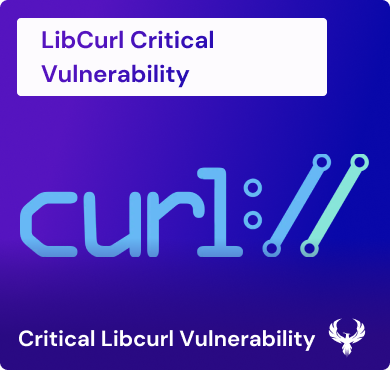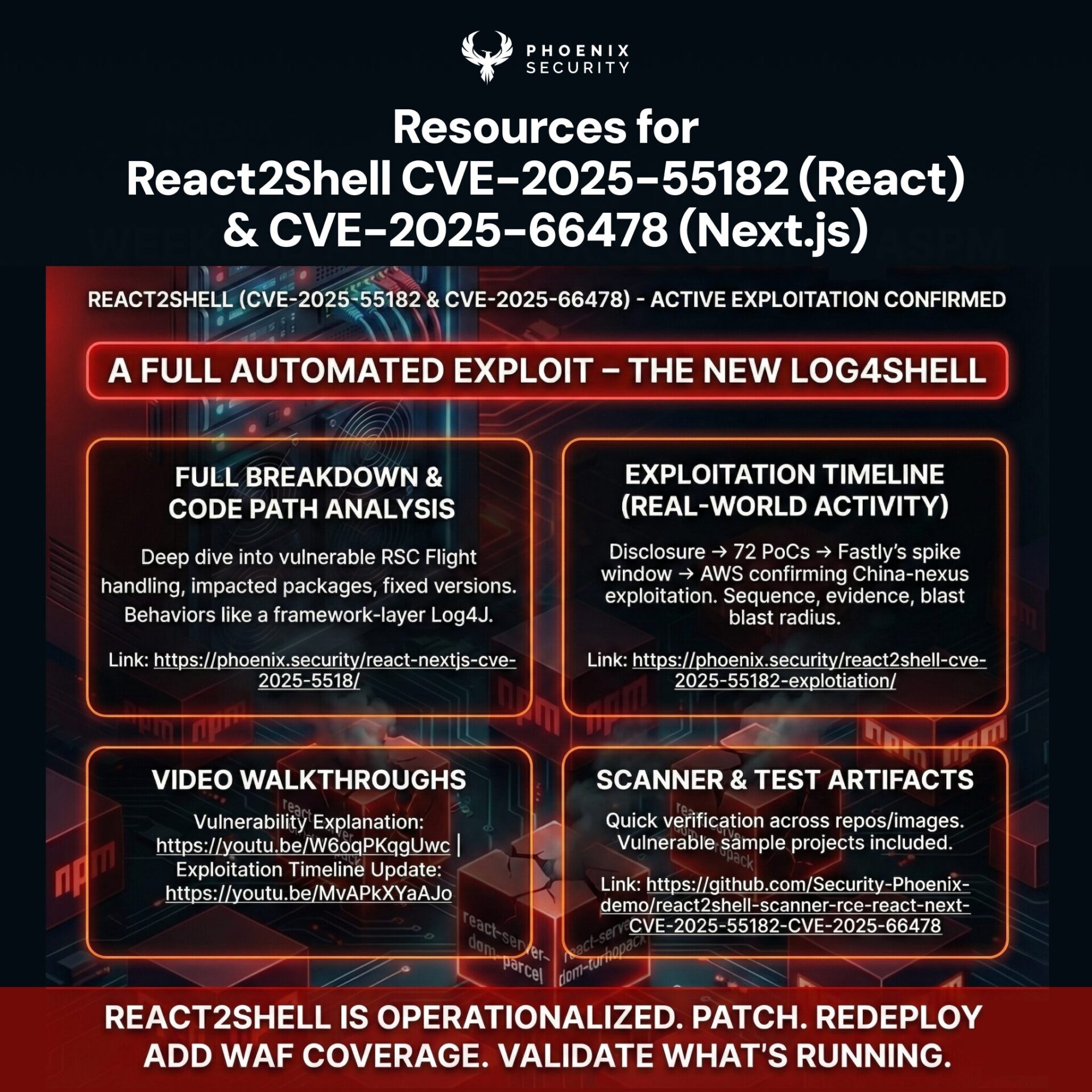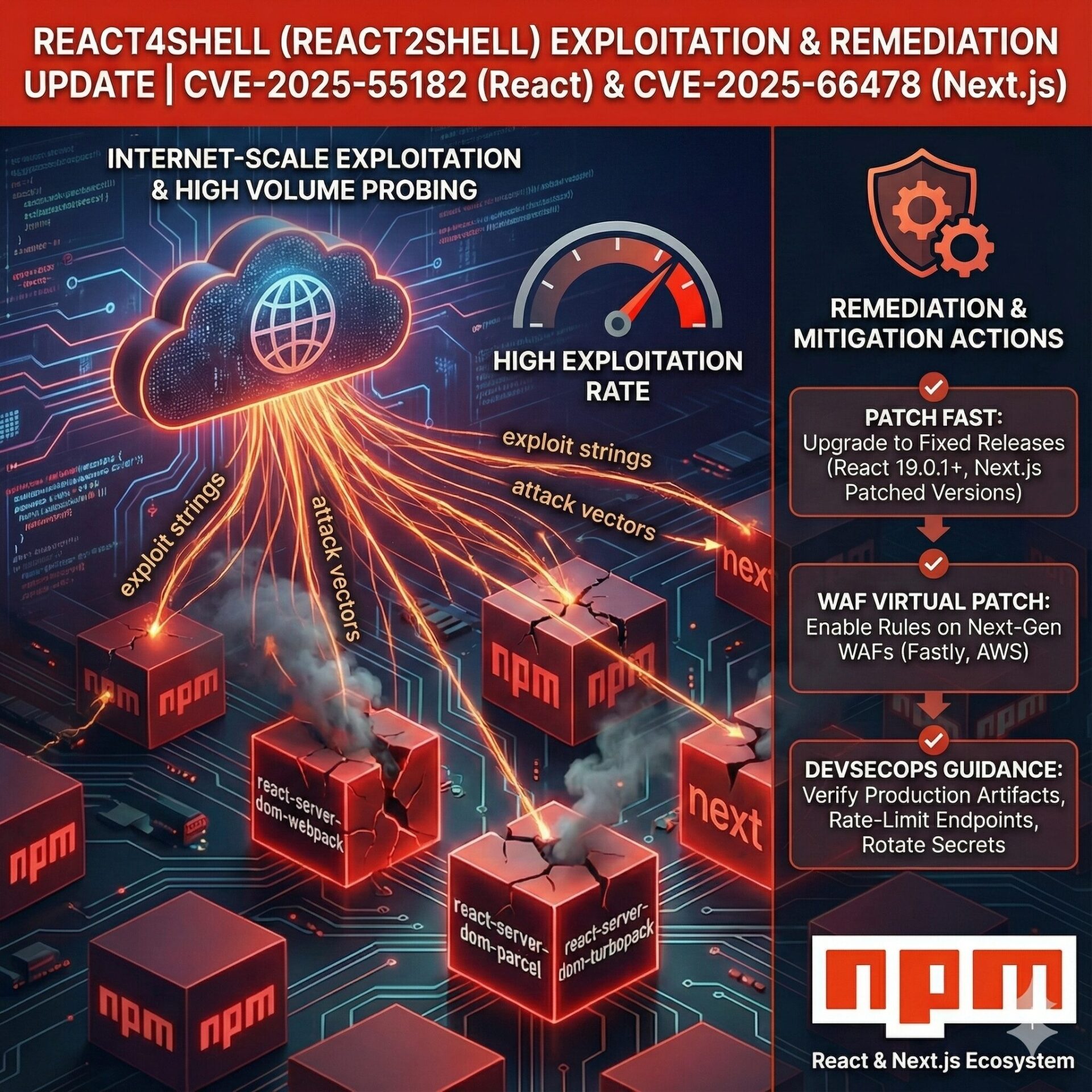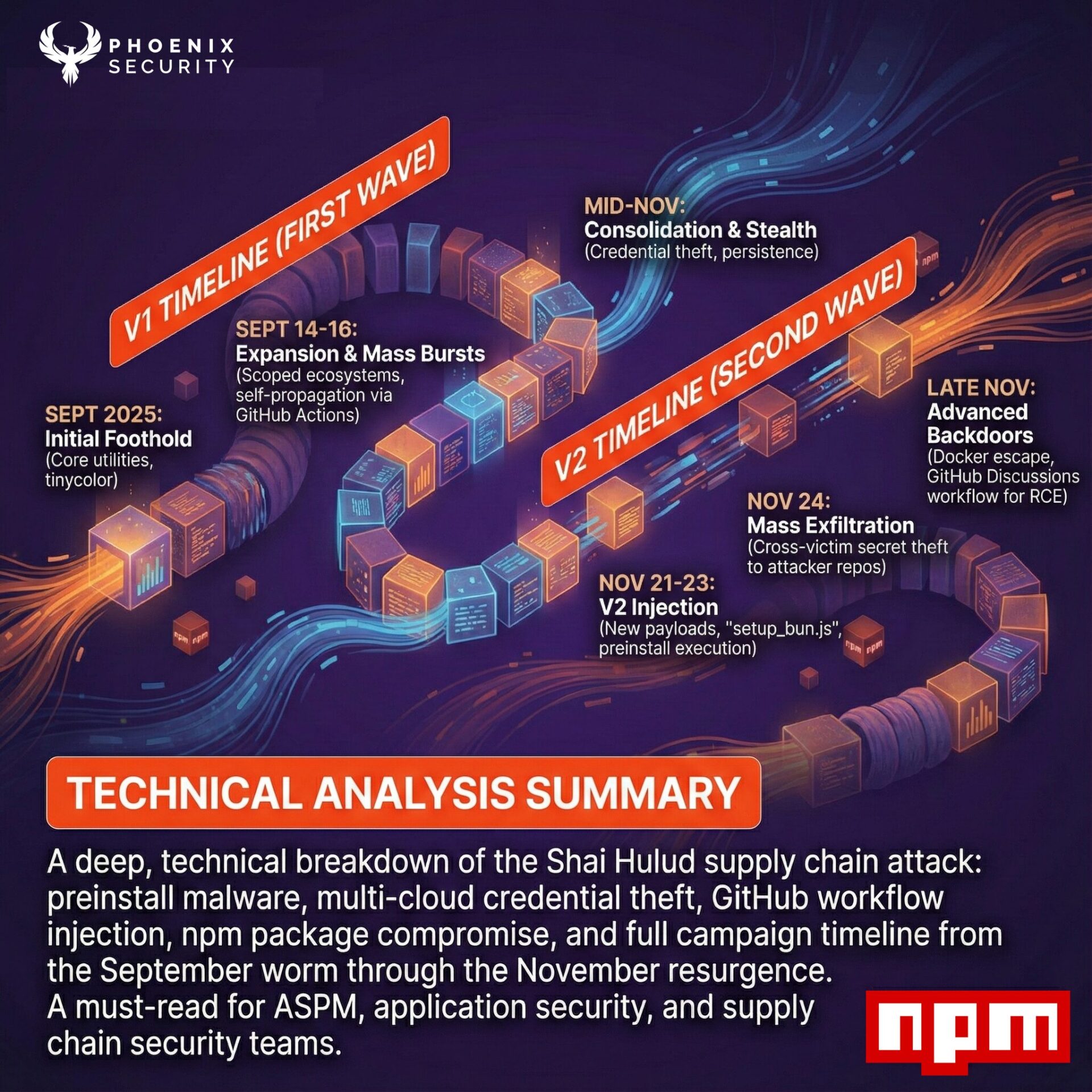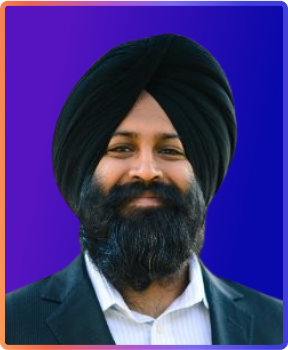
What is curl, and which version is vulnerable
Curl, a robust command-line tool used for transferring data with URLs, is an indispensable asset for developers and cybersecurity professionals. Its versatility in supporting various protocols makes it a go-to tool for many. However, like a fortified castle with a hidden weak spot, libcurl and the software itself too has its vulnerabilities. Recently, two notable Common Vulnerabilities and Exposures (CVEs) were identified – CVE-2023-38545 and CVE-2023-38546. The latter, rated as high severity, affects both libcurl and the curl tool, marking a significant security concern. This blog aims to delve into these vulnerabilities and provide a guide on how to ensure your software version or library like libcurl is updated and secure. Please follow the step below and the verification to ensure your vulnerability management program and applications in your application security program are secure.
Understanding CVE-2023-38545
Curl is used by security and developers alike, even a robust tool like Curl and libcurl isn’t impervious to vulnerabilities. One such vulnerability, CVE-2023-38545, has been tagged with a high-severity rating, affecting both libcurl and the curl tool. Its disclosure marked a significant moment, stirring discussions in the cybersecurity community. A GitHub discussion led by one of the software maintainer unveiled the upcoming release of the software version 8.4.0 on October 11, aimed at patching this security flaw alongside a low-severity vulnerability, CVE-2023-38546. Although details regarding the affected version range were withheld for security reasons, the announcement serves as a call to action for users to update their Curl version promptly.
In a recent twitter conversation, the curl team has warned teams for the October 11 release but without disclosing additional information on which version is likely to be vulnerable. This to discourage early attacks
<blockquote class=”twitter-tweet”><p lang=”en” dir=”ltr”>We are cutting the release cycle short and will release curl 8.4.0 on October 11, including a fix for a severity HIGH CVE. Buckle up.</p>— daniel:// stenberg:// (@bagder) <a href=”https://twitter.com/bagder/status/1709103920914526525?ref_src=twsrc%5Etfw”>October 3, 2023</a></blockquote> <script async src=”https://platform.twitter.com/widgets.js” charset=”utf-8″></script>

Recently curl was in the spotlight due to the erroneous disclosure: maintainers have been vocal about downplaying the risk associated with most vulnerabilities reported against curl in the past (a recent example is the article CVE-2020-19909 is everything that is wrong with CVEs), nonetheless in this case he warned — adding, “buckle up.”
Detail of the curl vulnerability vulnerability CVE-2023-38545 and CVE-2023-38546

Update – Libcurl and chatgpt / LLM /BARD generated responses
The curl and other open source maintainers have been folded with requests through HackerOne and similar bug bounty platforms with bogus vulnerability reports. Be aware of wrong NVD information coming.

On the other hand NVD and curl library has a history of wrongly scored vulnerabilities like CVE-2022-42915 for more historical details refer to the Daniel Stenberg (one of the mantainer of curl) blog

How to upgrade to the Latest Stable Version: Curl 8.3.0 and new curl 8.4.0
As of now, the most recent stable release of software 8.3.0, which was unveiled on 2023-09-13. A significant number of downloads, precisely 88, are of this latest version, indicating a good rate of adoption within the user community. For those interested in exploring the code, the latest source code is accessible on GitHub, offering a glimpse into the engine room of this indispensable tool.
When is the next version of curl coming out?
The new release is scheduled for October the 11
Verifying Your Curl Version if is vulnerable to CVE-2023-38545 and CVE-2023-38546
Before diving into the update process, it’s crucial to ascertain the version of Curl you’re currently running. Here’s how:
- Open your terminal.
- Type in the command curl –version and hit enter.
- The displayed output will indicate your Curl version.
Being cognizant of your software version is the first step towards ensuring a secure data transfer environment. If your version is prior to 8.4.0, consider updating to shield against the disclosed vulnerabilities.
macOS
- Install Homebrew if you haven’t already, by running:
- /bin/bash -c “$(curl -fsSL https://raw.githubusercontent.com/Homebrew/install/HEAD/install.sh)”
- Install the latest Curl version using Homebrew:
- brew install curl
- Update your PATH to prioritize the Homebrew version of Curl:
- echo ‘export PATH=”/usr/local/opt/curl/bin:$PATH”‘ >> ~/.bash_profile
- Source your updated ~/.bash_profile:
- . ~/.bash_profile
- Verify the update by checking the Curl version:
curl –version
Windows:
- Download the latest version from the official website and replace the old binaries.
Ubuntu/Debian:
- sudoapt-get update && sudo apt-get install curl
Fedora:
- sudo dnf upgrade cur
CentOS/RedHat:
- sudo yum update curl
Each operating system has its own set of commands and procedures to update software. Ensure to backup any essential data and understand the update process to avoid any potential issues.
What is the exploitation data behind CVE-2023-38545 and CVE-2023-38546 In the wild
CVSS: TBD (assumed Critical)
CTI interest: Unknown
RCE Type Remote: Unknown (potential local authentication)
Availability: No
Status: Undisclosed
EPSS Score: – not registered –
Currently, there are 2673 systems with some version of curl exposed, but considering curl is embedded in every window, mac, linux version and container used like Amazon the spread and surface could be quite vaste

How Phoenix Can Help
To manage and prevent such vulnerabilities, comprehensive security solutions are essential. Phoenix Security offers tools such as Vulnerability Management and Asset Management to help organisations quickly act on vulnerabilities like OpenSSH’s CVE-2023-38408.
Phoenix Security serves as a beacon for security professionals aiming to pinpoint the Curl vulnerability within their systems. It meticulously scans through your product, identifying instances where the libcurl vulnerability may be installed or nested within libraries. By leveraging Phoenix Security, you not only unravel the potential threats but also take a significant stride in vulnerability management, ensuring your application security remains unassailable against the Curl vulnerability.
The Asset Management tool, on the other hand, provides a comprehensive view of all assets in an organization’s network. This can help organizations understand which assets are vulnerable to CVE-2023-38408 and need immediate patching.
Conclusion
The discovery of the OpenSSH’s Agent Forwarding CVE-2023-38408 vulnerability underscores the continuous need for rigorous security measures and immediate response. Even robust systems like OpenSSH can harbor hidden vulnerabilities. Proactively rectifying such vulnerabilities through actions such as implementing patches and using comprehensive security solutions like those offered by Phoenix Security is critical to maintaining the integrity of digital assets.
Get in control of your Application Security posture and Vulnerability management
Previous Issues of Vulnerability Weekly
- Movit Transfer Zellis Data Breach
- Latest Security Vulnerability of the Week 24/10/22
- Security Vulnerability of the Week 3/10/22 – Application Security – Cloud – Vulnerability – Exchange Zero Day & Mitigations, bitbucket, cobalt stike
- Security Vulnerability of the Week 12/09/22 – Application Security – Cloud Security – Linux Malware, Windows patched 64 vulns with zero-day, Uber Hack Timeline, GTA 6/Rockstar Hack – This week we deep dive into Linux Malware, Windows patched 64 vuln with zero day, Uber Hack Timeline, GTA 6/Rockstar Hack
- Security Vulnerability of the Week 12/09/22 – Application Security – Uber Hack Timeline – Special Focus on Uber latest news on hack

